Archive for the ‘Blog’ Category
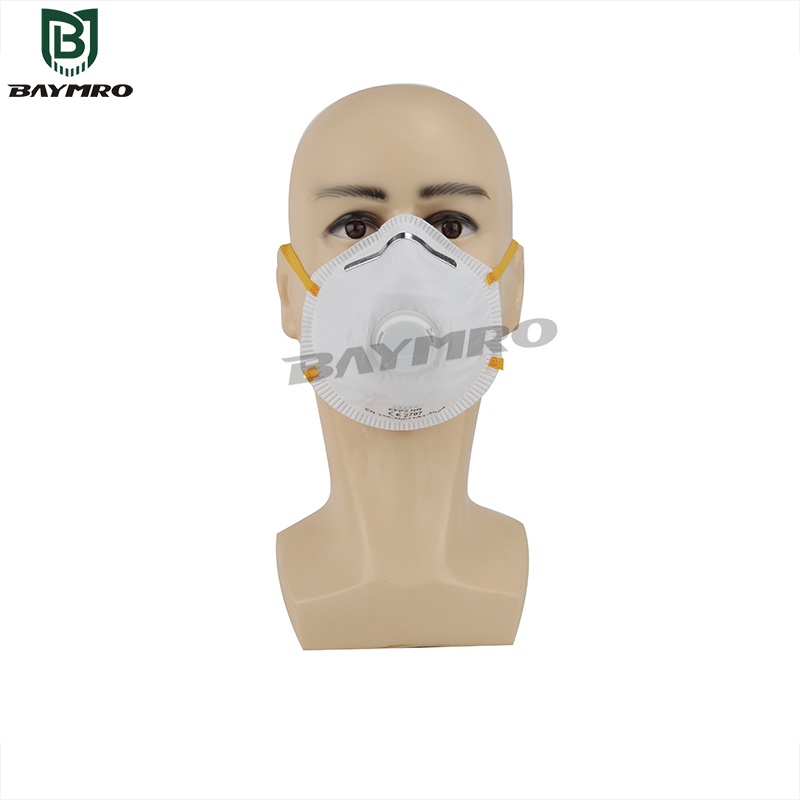
In any occupational setting where respiratory hazards pose a threat, selecting the appropriate respiratory protection products is paramount to ensuring the health and safety of workers. Here’s a structured approach to guide the selection process:
- Assess the Environment:
Begin by conducting a thorough assessment of the workplace environment. Identify potential respiratory hazards such as dust, smoke, gases, vapors, and other airborne contaminants. - Determine Risk Levels:
Evaluate the level of risk associated with each identified hazard. Consider factors such as the nature of the hazards, their concentration levels, and the duration of exposure. - Calculate Concentration Levels:
Utilize appropriate measurement devices to quantify the concentration levels of hazardous substances in the air. This step is crucial in determining the appropriate respiratory protection products and protection levels needed. - Select Suitable Respiratory Protection Products:
Based on the calculated concentration levels, risk assessment, and environmental characteristics, choose the most suitable respiratory protection products. Options may include filtering facepiece respirators (FFRs), half-face masks, full-face masks, powered air-purifying respirators (PAPRs), or supplied-air respirators (SARs). - Verify Compliance and Certification:
Ensure that the selected respiratory protection products comply with relevant standards and regulations. Look for certifications such as NIOSH (National Institute for Occupational Safety and Health) in the United States, EN (European Norms) in Europe, or ISO (International Organization for Standardization) certifications. - Provide Training and Guidance:
Offer comprehensive training and guidance to workers on the proper selection, fitting, use, and maintenance of respiratory protection products. Ensure that employees understand how to wear and adjust the products correctly to ensure their effectiveness and protection. - Regular Evaluation and Updating:
Regularly assess the performance and condition of respiratory protection products. Update and replace products as needed to maintain their effectiveness and reliability. Adjust product selection and usage based on changes in the workplace environment and employee needs.
By following this structured approach, organizations can effectively select and deploy the right respiratory protection products to mitigate respiratory hazards and protect the health and safety of their workforce. This systematic process ensures compliance with regulations, enhances workplace safety, and promotes a culture of health and well-being.
EN149 Respiratory Protective Devices: Ensuring Respiratory Safety in Hazardous Environments
2024
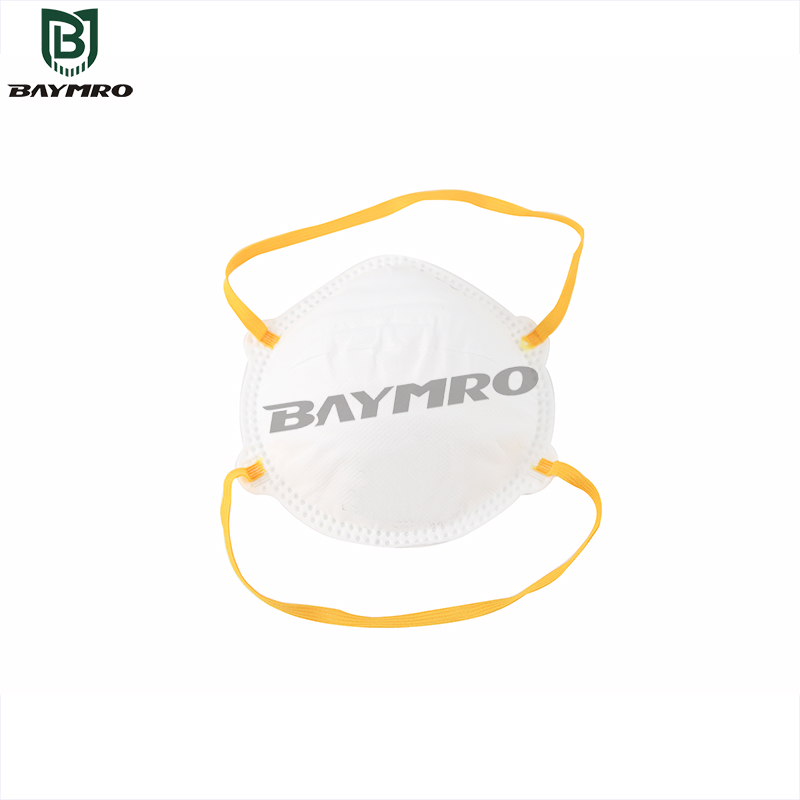
In hazardous work environments where airborne contaminants pose a threat to respiratory health, EN149 Respiratory Protective Devices play a pivotal role in safeguarding workers against the inhalation of harmful substances. This article provides an overview of EN149 standards, outlining their significance, classification, and application in ensuring respiratory safety.
Significance of EN149 Standards
EN149 standards, established by the European Committee for Standardization (CEN), define the requirements and testing procedures for filtering half masks used as respiratory protective devices. These standards ensure that respiratory protective devices meet stringent criteria for filtration efficiency, breathing resistance, fit, and comfort, thereby providing effective protection against airborne particles and aerosols.
By adhering to EN149 standards, manufacturers can demonstrate the quality, performance, and reliability of their respiratory protective devices, instilling confidence in users and regulatory authorities alike. Compliance with EN149 standards is essential for ensuring the safety and well-being of workers in a wide range of industries, including construction, manufacturing, healthcare, and agriculture.
Classification of EN149 Respiratory Protective Devices
EN149 classifies respiratory protective devices into three categories based on their filtration efficiency and resistance to inhalation and exhalation:
FFP1: Filtering Face Piece with a minimum filtration efficiency of 80% and a maximum inward leakage rate of 22%.
FFP2: Filtering Face Piece with a minimum filtration efficiency of 94% and a maximum inward leakage rate of 8%.
FFP3: Filtering Face Piece with a minimum filtration efficiency of 99% and a maximum inward leakage rate of 2%.
These classifications indicate the device’s ability to filter out airborne particles of varying sizes, ranging from coarse dust particles to fine aerosols.
Application of EN149 Respiratory Protective Devices
EN149 respiratory protective devices, commonly known as filtering facepieces (FFP), are designed for use in environments where workers are exposed to airborne particles, such as dust, mist, fumes, and biological agents. These devices are lightweight, compact, and easy to use, making them suitable for a wide range of applications, including construction work, mining, metalworking, healthcare, and emergency response.
Workers must select the appropriate FFP based on the level of respiratory protection required and the specific hazards present in their work environment. Proper fit testing and training are essential to ensure the effective use of EN149 respiratory protective devices and to minimize the risk of exposure to airborne contaminants.
Conclusion
In conclusion, EN149 Respiratory Protective Devices play a critical role in ensuring respiratory safety and protecting workers from airborne hazards in the workplace. By adhering to stringent standards and classification criteria, these devices provide reliable and effective protection against a wide range of airborne particles and aerosols. Employers and workers must prioritize the selection, use, and maintenance of EN149 respiratory protective devices to mitigate the risk of respiratory illness and injury and promote a culture of safety and well-being in the workplace.
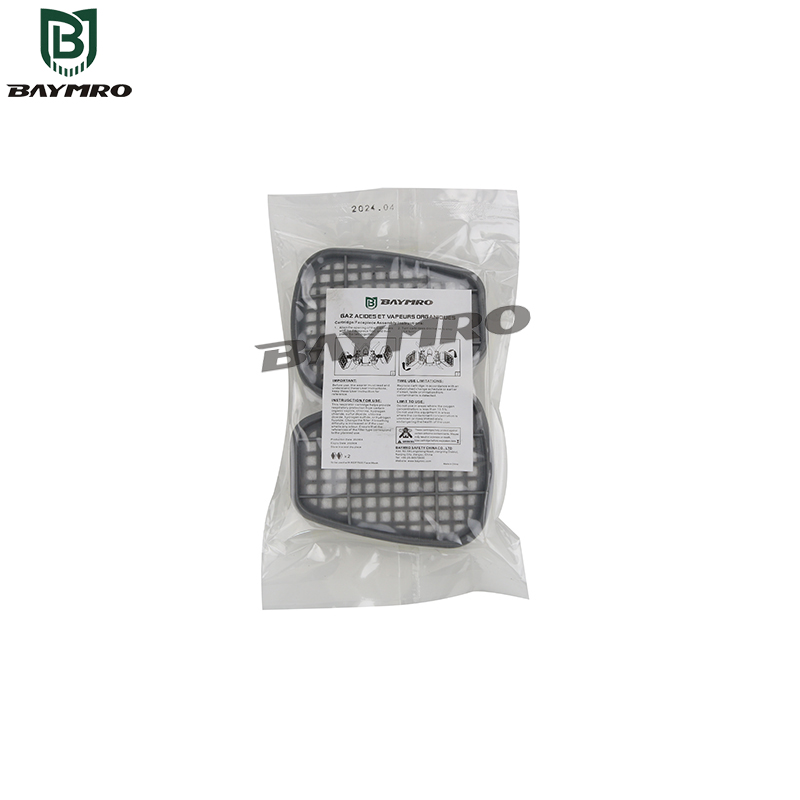
In environments where airborne particulate matter poses a risk to respiratory health, EN143 Particulate Filter Cartridges serve as indispensable components of respiratory protective equipment (RPE), providing essential protection against dust, fumes, mist, and other airborne particles. This article explores the function, classification, and applications of EN143 particulate filters, highlighting their importance in safeguarding worker health and promoting workplace safety.
Function and Classification
EN143 establishes the requirements and testing procedures for particulate filter cartridges used in respiratory protective devices. Particulate filters are designed to capture airborne particles, preventing their entry into the respiratory system and reducing the risk of respiratory illness and injury.
Particulate filter cartridges are classified into three categories based on their filtration efficiency and resistance to oil:
P1: Low-efficiency filters with a minimum filtration efficiency of 80%.
P2: Medium-efficiency filters with a minimum filtration efficiency of 94%.
P3: High-efficiency filters with a minimum filtration efficiency of 99.95%.
These classifications indicate the filter’s ability to remove particles of varying sizes, ranging from coarse dust particles to fine particulate matter.
Applications and Usage
EN143 particulate filter cartridges find application in a wide range of industries and work environments where workers are exposed to airborne particles, including construction, mining, manufacturing, agriculture, healthcare, and more. These filters are commonly used in conjunction with respiratory protective devices such as half-masks, full-face masks, powered air-purifying respirators (PAPRs), and self-contained breathing apparatus (SCBA), providing essential respiratory protection to workers in hazardous environments.
Workers must select the appropriate particulate filter cartridge based on the specific hazards present in their work environment, including the type and concentration of airborne particles. Regular inspection and replacement of filters are essential to ensure continued effectiveness and optimal protection against respiratory hazards. Employers should provide comprehensive training on filter selection, usage, and maintenance to ensure the safety and well-being of their workers.
Compliance and Certification
EN143 particulate filter cartridges undergo rigorous testing to evaluate their performance, including filtration efficiency, breathing resistance, and particle loading capacity. Filters that meet the requirements of EN143 are marked with the CE (Conformité Européenne) certification, indicating compliance with European Union regulations for PPE.
Employers should ensure that particulate filter cartridges are compatible with the respiratory protective devices used in their workplace and provide workers with appropriate training and guidance on their selection and usage. Regular monitoring of workplace air quality, coupled with proper maintenance of respiratory protective equipment, is essential to mitigate the risk of exposure to airborne particles and safeguard worker health and safety.
Conclusion
In conclusion, EN143 Particulate Filter Cartridges play a critical role in protecting workers from the harmful effects of airborne particles in the workplace. By adhering to stringent standards and certification requirements, these filters ensure reliable and effective respiratory protection, enabling workers to perform their duties safely and confidently in challenging environments. Employers and workers alike must prioritize the selection, usage, and maintenance of respiratory protective equipment to minimize the risk of respiratory hazards and promote a culture of safety and well-being in the workplace.
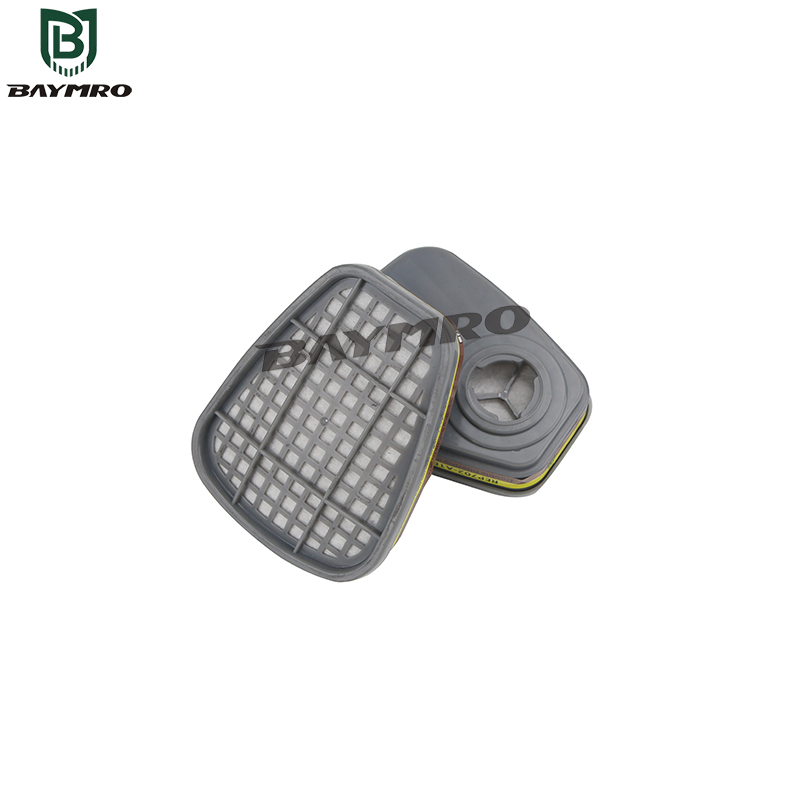
In environments where hazardous gases pose a threat to respiratory health, EN14387 Gas Filters and Combination Filters emerge as critical components of personal protective equipment (PPE), providing essential protection against a wide range of airborne contaminants. This article examines the functionality, classification, and applications of EN14387 filters, emphasizing their role in ensuring worker safety and well-being.
Functionality and Classification
EN14387 establishes the requirements and testing procedures for gas filters and combination filters used in respiratory protective devices. Gas filters are designed to remove specific gases or vapors from the air, while combination filters integrate both gas and particulate filtration capabilities, offering comprehensive protection against multiple hazards.
Gas filters are classified into four categories based on their capacity to adsorb specific gases:
Type A: For organic gases and vapors with a boiling point above 65°C.
Type B: For inorganic gases and vapors, excluding carbon monoxide (CO).
Type E: For sulfur dioxide (SO2) and acidic gases and vapors.
Type K: For ammonia (NH3) and organic ammonia derivatives.
Combination filters are denoted by a combination of letters representing the gases and vapors they can adsorb. For example, an ABEK filter can adsorb organic gases and vapors (A), inorganic gases and vapors (B), acidic gases and vapors (E), and ammonia and organic ammonia derivatives (K).
Applications and Usage
EN14387 filters find application across various industries where workers are exposed to hazardous gases and vapors, including chemical manufacturing, petrochemical refining, pharmaceuticals, and agriculture. These filters are commonly used in conjunction with respiratory protective devices such as half-masks, full-face masks, and powered air-purifying respirators (PAPRs), providing essential protection to workers in potentially hazardous environments.
Workers must select the appropriate filter type and class based on the specific gases and vapors present in their work environment. Regular inspection and replacement of filters are essential to ensure continued effectiveness and optimal protection against respiratory hazards. Employers should provide comprehensive training on filter selection, usage, and maintenance to ensure the safety and well-being of their workers.
Compliance and Certification
EN14387 filters undergo rigorous testing to evaluate their performance, including filtration efficiency, breakthrough time, and breathing resistance. Filters that meet the requirements of EN14387 are marked with the CE (Conformité Européenne) certification, indicating compliance with European Union regulations for PPE.
Employers should ensure that filters are compatible with the respiratory protective devices used in their workplace and provide workers with appropriate training and guidance on their selection and usage. Regular monitoring of workplace air quality, coupled with proper maintenance of respiratory protective equipment, is essential to mitigate the risk of exposure to hazardous gases and safeguard worker health and safety.
Conclusion
In conclusion, EN14387 Gas Filters and Combination Filters play a vital role in protecting workers from the harmful effects of hazardous gases and vapors in the workplace. By adhering to stringent standards and certification requirements, these filters ensure reliable and effective respiratory protection, enabling workers to perform their duties safely and confidently in challenging environments. Employers and workers alike must prioritize the selection, usage, and maintenance of respiratory protective equipment to minimize the risk of respiratory hazards and promote a culture of safety and well-being in the workplace.
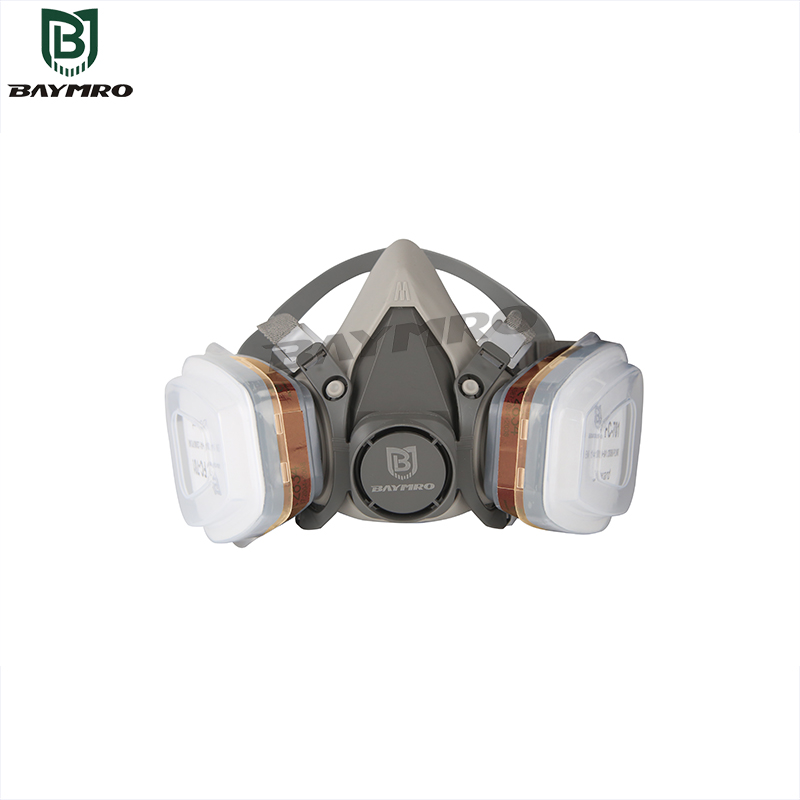
In environments where respiratory hazards are present, the EN140 respirator half mask is a reliable solution that provides basic protection while ensuring comfort and ease of use. This article explores the key features and benefits of the EN140 respirator half mask, highlighting its importance in protecting users from airborne contaminants and promoting workplace safety. Optimized design for comfort and functionality
The EN140 respirator half mask has been carefully designed to strike a balance between comfort and functionality, allowing users to perform their duties with confidence and ease. Its ergonomic design conforms to the natural contours of the face, ensuring a secure fit, minimizing leaks and maximizing protection. Made from lightweight and durable materials such as thermoplastic elastomer (TPE) or silicone, the half mask can be worn for extended periods of time without causing discomfort or fatigue. Adjustable shoulder and back straps enable users to customize the fit to their personal preferences, ensuring optimal comfort and stability over extended periods of use. Versatile protection against respiratory hazards
The EN140 respirator half mask is equipped with replaceable particle filters and/or gas/vapor cartridges to provide versatile protection against a wide range of respiratory hazards, including dust, mist, gas and vapor. The mask’s filtration system effectively removes airborne contaminants from the inhaled air, preventing them from entering the respiratory system and safeguarding the health and well-being of the user. In addition, the half mask is compatible with a wide range of filter and cartridge options, allowing users to tailor their respiratory protection to the specific hazards in their work environment. This adaptability enhances the mask’s usefulness in a variety of industries and applications, from construction and manufacturing to healthcare and agriculture. Compliance and certifications
The EN140 respirator half mask is designed and manufactured to comply with European standards for respiratory protective equipment, including EN 140:1998. This certification ensures that the mask meets stringent performance, safety and reliability standards, giving users confidence in its effectiveness and suitability for use in hazardous environments. In addition, the half mask undergoes a rigorous testing and quality assurance program to verify its compliance with regulatory requirements and industry standards. Regular inspection and maintenance practices outlined in the mask’s user manual further ensure its continued performance and durability. Conclusion
In conclusion, the EN140 respirator half mask provides a reliable and versatile solution for respiratory protection in a variety of workplace environments. With its optimized design, versatile filtering capabilities and compliance with industry standards, this half mask gives users the confidence and peace of mind to complete tasks safely and effectively. Whether in construction, manufacturing, healthcare or other industries, the EN140 respirator half mask is an indispensable tool for protecting respiratory health and promoting workplace safety.
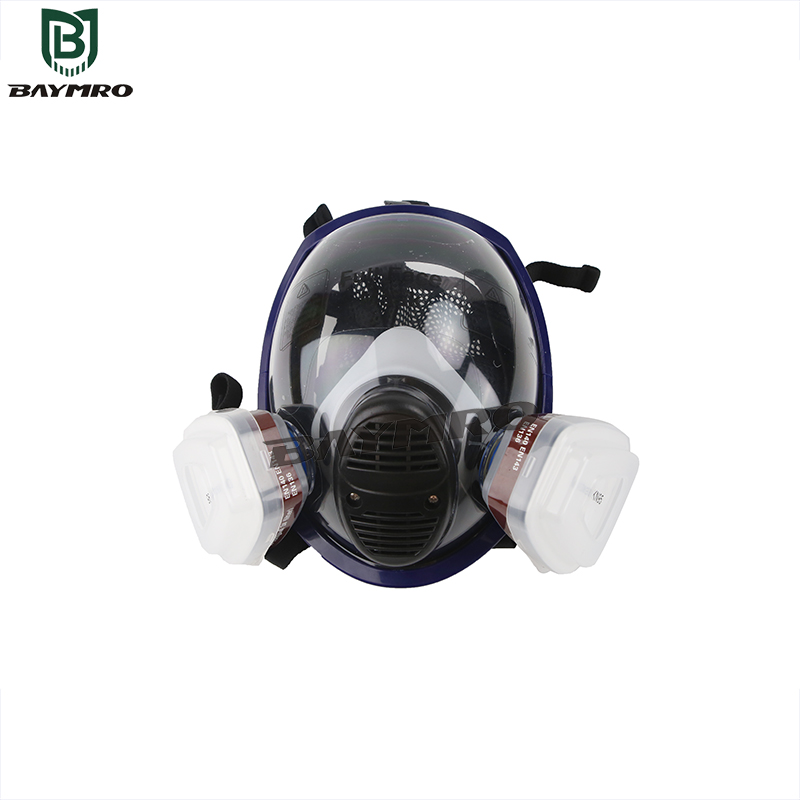
Abstract:
EN136 Full Face Respirator is a vital piece of personal protective equipment (PPE) used in various industries to safeguard workers from inhaling harmful substances. This article provides an in-depth examination of the design, functionality, and applications of the EN136 Full Face Respirator, emphasizing its role in ensuring occupational safety and health.
Introduction
The occupational exposure to hazardous chemicals, gases, and particulate matter poses significant health risks to workers across different sectors. In response to these risks, the EN136 Full Face Respirator has emerged as a crucial tool in protecting workers from inhaling contaminants present in the workplace environment.
Design and Components
The EN136 Full Face Respirator is designed to provide comprehensive protection to the wearer’s face, covering the eyes, nose, and mouth. It consists of several key components, including a transparent visor, a face seal, inhalation and exhalation valves, straps for securing the mask, and filters/cartridges for removing contaminants from the air.
Functionality
The functionality of the EN136 Full Face Respirator is centered around its ability to create a sealed barrier between the wearer’s face and the surrounding environment. The transparent visor ensures unrestricted vision while the face seal prevents leakage of contaminants into the mask. Inhalation valves allow the wearer to breathe in filtered air, while exhalation valves facilitate the effortless expulsion of exhaled breath, reducing heat and moisture buildup within the mask.
Applications
The EN136 Full Face Respirator finds application in a wide range of industries, including but not limited to chemical manufacturing, pharmaceuticals, petrochemicals, construction, and healthcare. It is particularly suited for environments where there is a risk of exposure to toxic gases, vapors, fumes, or airborne particles.
Maintenance and Care
Proper maintenance and care are essential to ensure the effectiveness of the EN136 Full Face Respirator. Regular inspection of the components, such as the visor, face seal, and valves, is necessary to detect any signs of wear or damage. Additionally, timely replacement of filters/cartridges according to manufacturer recommendations is crucial for optimal performance.
Conclusion
In conclusion, the EN136 Full Face Respirator plays a critical role in protecting workers from hazardous airborne contaminants in various industrial settings. Its robust design, functionality, and broad applicability make it an indispensable tool for ensuring occupational safety and health. However, it is imperative that users adhere to proper maintenance and care practices to maximize the lifespan and effectiveness of the respirator.
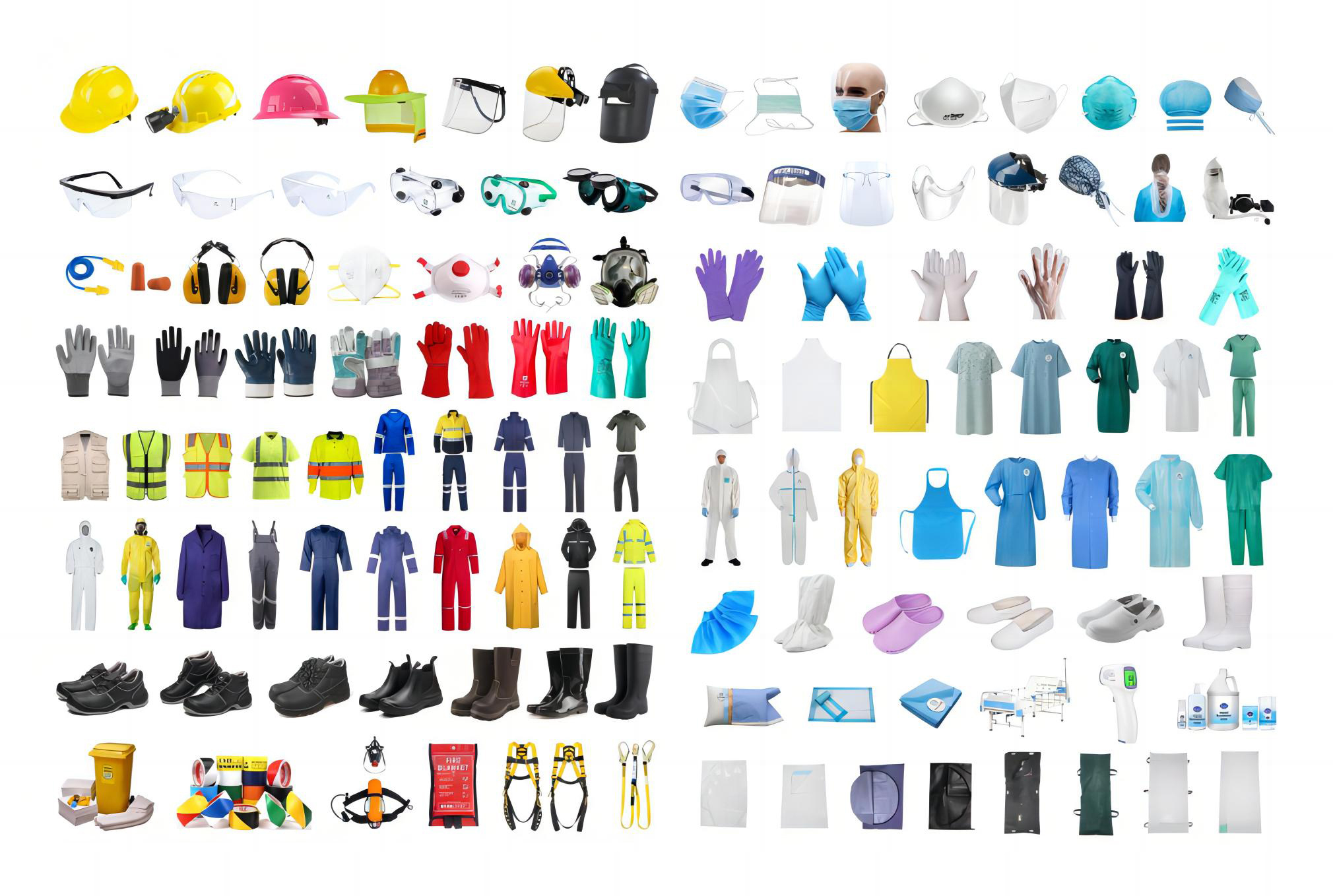
China stands as a global powerhouse in the production of personal protective equipment (PPE), with diverse regions specializing in various aspects of this critical industry. Let’s embark on a journey through some of China’s vibrant PPE manufacturing hubs to discover their unique contributions and specialties.
Guangdong: Leading the Way in Safety Helmets
Guangdong province is a prominent center for safety helmet manufacturing in China. Foshan City, in particular, is known for producing high-quality safety helmets that meet rigorous safety standards. These helmets are widely used in construction, industrial, and recreational activities. Guangdong’s safety helmets are renowned for their durability, impact resistance, and wearer comfort. With a focus on innovation and advanced manufacturing techniques, Guangdong’s manufacturers continue to lead the market in safety headgear.
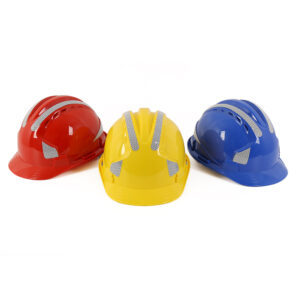
Hebei Province: Crafting Quality PPE Essentials
Hebei province boasts a rich legacy in PPE manufacturing, with Handan Jinan New Area leading the charge in canvas gloves and workwear. Meanwhile, Luannan County has carved a niche in medical gloves, meeting the stringent demands of global healthcare professionals and industries requiring disposable hygiene items.
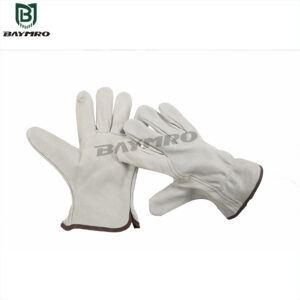
Shandong Province: The Glove Capital
Shandong province shines as the epitome of PPE glove production, with Gaomi City dominating the market with its durable and reliable offerings. Additionally, Zhongcun Town in Linyi City has earned acclaim for its cotton PPE gloves, expanding its repertoire to cater to specialized needs worldwide.
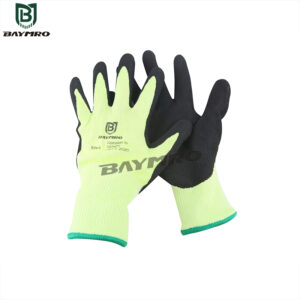
Zhejiang Province: A Hub for PPE Distribution
Zhejiang province serves as a bustling hub for PPE distribution, with Wenzhou focusing on safety shoes and Yiwu emerging as a global epicenter for small commodities, including PPE apparel and raw materials. Its wholesale markets cater to a wide array of PPE needs, making it a preferred destination for buyers seeking quality and affordability.
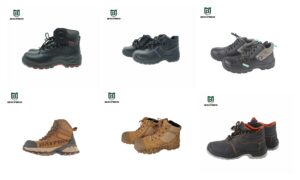
Henan Province: Weaving Textile and Medical Clothing
Henan province, particularly Zhoukou and Xiangcheng, has deep roots in textile and clothing industries. Xiangcheng, hailed as “China’s famous city for the medical clothing industry,” offers a diverse range of medical and uniform clothing options, ensuring both style and functionality for healthcare professionals and service workers alike.

Hubei Province: Nurturing Non-woven Fabric Excellence
Hubei province stands at the forefront of non-woven fabric production, with Pengchang Town in Xiantao City spearheading the charge. Its high-quality products, including masks and protective suits, are in high demand globally, especially during health crises, showcasing Hubei’s resilience and reliability in times of need.

Partnering for Success
For businesses seeking to navigate China’s vast PPE landscape, strategic partnerships with industry experts like BAYMRO are essential. With their extensive supplier network and meticulous understanding of certification requirements, they ensure seamless procurement of top-tier PPE products, safeguarding the well-being of workers worldwide.
In summary, China’s PPE manufacturing prowess is a testament to its innovation and dedication to quality. By tapping into the strengths of each region and forging alliances with trusted partners, businesses can access a treasure trove of PPE solutions, ensuring safety and security in workplaces across the globe.
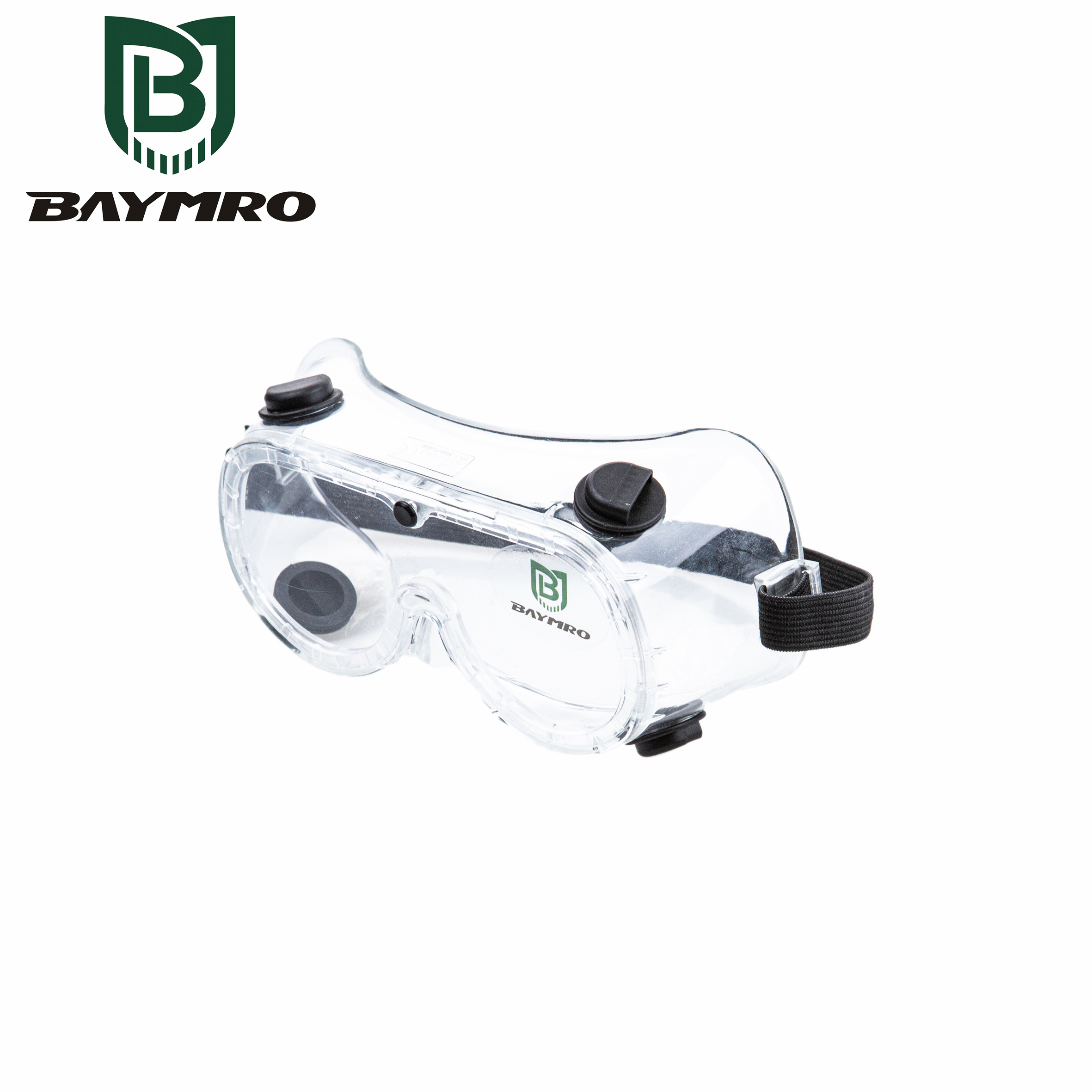
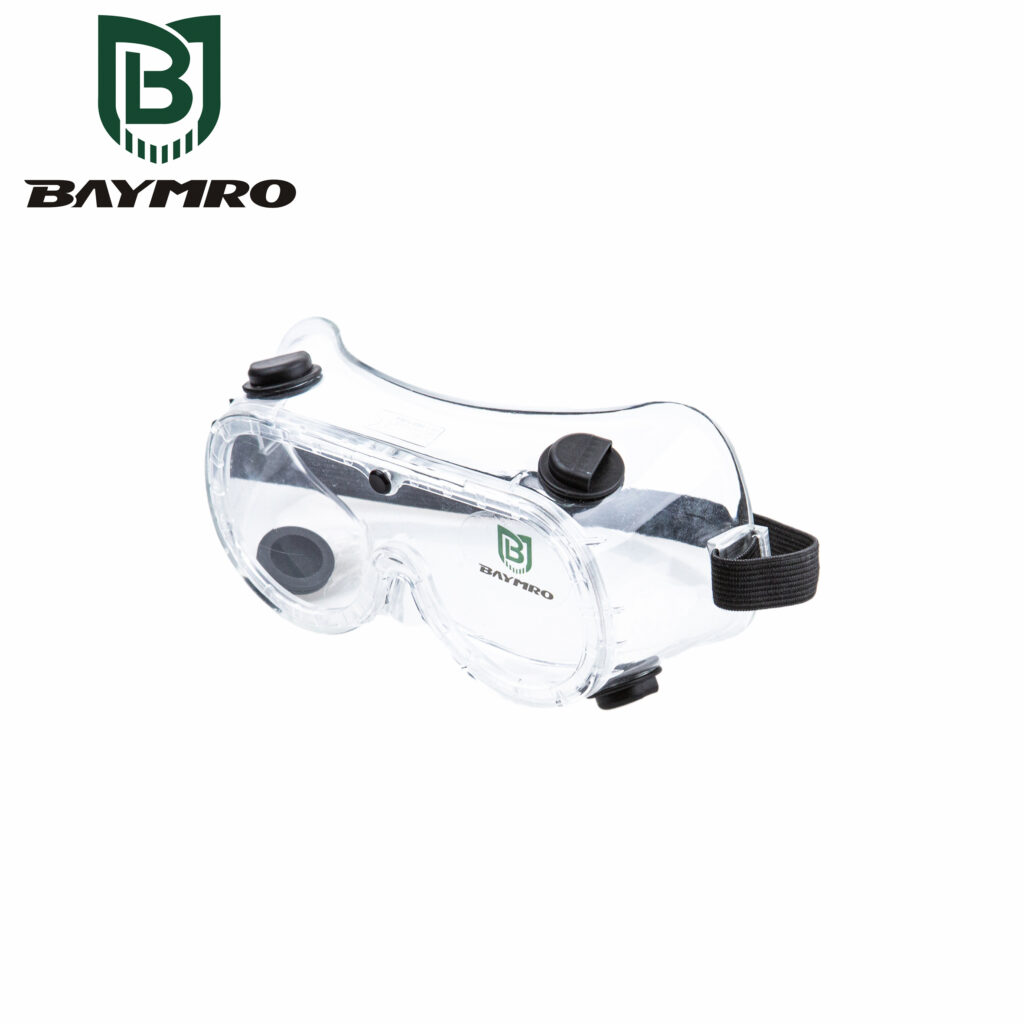
Eye injuries are a common occurrence in both professional and everyday settings. Understanding the reasons behind these injuries and knowing when to utilize sealed eyewear is crucial. This article will delve into the causes of eye injuries, the optimal scenarios for using sealed eyewear, and the various types of safety goggles available.
Why Do Eye Injuries Happen?
Eye injuries can result from various factors, including:
- Mechanical Hazards: Such as splashes from chemicals, dust, wood chips, or metal shards.
- Environmental Factors: Exposure to UV rays, extreme light, or debris in outdoor settings.
- Workplace Risks: Industrial machinery, tools, and materials that pose threats to the eyes.
- Sports and Recreational Activities: Impact from balls, racquets, or equipment used in sports.
When Sealed Eyewear is Best
Sealed eyewear, in the form of safety goggles or glasses, becomes essential in situations where eye protection is paramount. This includes:
- Industrial Settings: Work environments involving machinery, chemicals, or hazardous materials.
- Construction Sites: Protection against debris, dust, and flying particles.
- Healthcare Facilities: Shielding against bodily fluids, contaminants, and infectious agents.
- Laboratories: Preventing exposure to chemicals, fumes, and potential splashes.
- Outdoor Activities: Protecting against UV rays, wind, and foreign objects during sports or recreation.
Types of Safety Goggles
There is a range of safety goggles designed to cater to specific needs:
- Direct Ventilation Goggles: These allow airflow while protecting against liquid splashes and impact.
- Indirect Ventilation Goggles: Prevents fogging while offering protection against chemicals and particles.
- Non-Vented Goggles: Ideal for situations where complete sealing is necessary to block out hazardous materials.
- UV-Protection Goggles: Shields eyes from harmful UV rays during outdoor activities.
- Anti-Fog Coated Goggles: Ensures clear vision by preventing fogging in humid or high-temperature environments.
In conclusion, eye injuries can be prevented by using appropriate eye protection, especially in environments where hazards are prevalent. Sealed eyewear, such as safety goggles, plays a pivotal role in safeguarding our vision and preventing potential eye-related accidents in various settings. Choosing the right eyewear tailored to specific needs can significantly reduce the risk of eye injuries and ensure optimal eye safety.
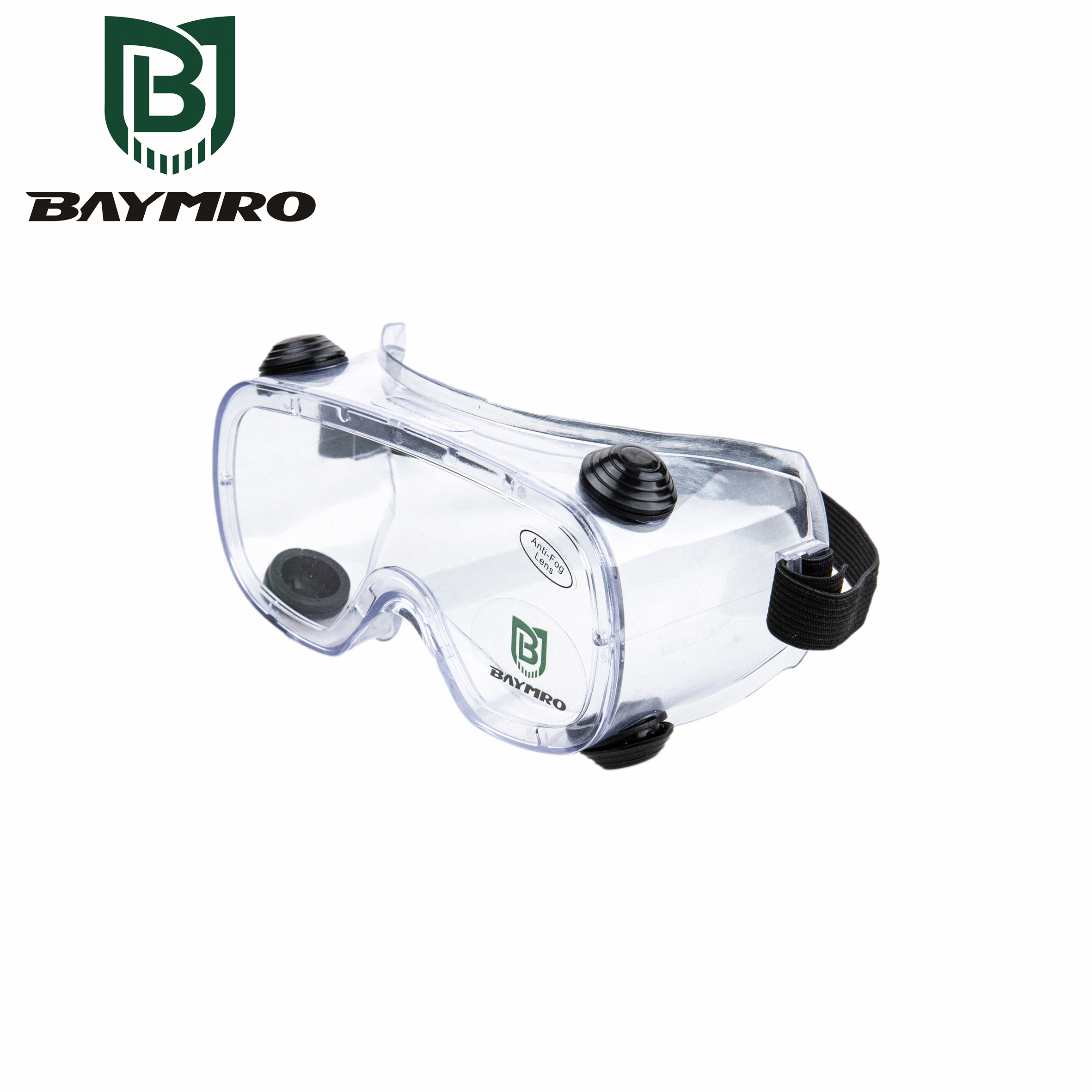
Safety goggles are indispensable protective gear designed to shield the eyes from potential hazards in a multitude of environments. Their importance extends across various industries, workplaces, and activities, making them essential for individuals exposed to potential eye risks.
- Industrial Workers: In industrial settings, safety goggles are a non-negotiable safety measure. Workers involved in manufacturing, construction, welding, or handling hazardous materials are mandated to wear safety goggles. These environments pose threats like flying debris, chemical splashes, or high-velocity particles, making eye protection crucial to prevent injuries.
- Laboratory Personnel: Laboratory technicians, scientists, and researchers work with chemicals, volatile substances, and equipment that can generate splashes or emissions harmful to the eyes. Safety goggles serve as a barrier against these risks, ensuring the safety and well-being of those working in laboratories.
- Healthcare Professionals: Medical personnel frequently encounter situations where bodily fluids, chemicals, or infectious agents might inadvertently reach the eyes. Safety goggles are vital in hospitals, clinics, and other healthcare settings to prevent potential infections or injuries to the eyes.
- Construction Workers: Construction sites present numerous risks to the eyes due to dust, debris, and various tools in use. Safety goggles are an integral part of personal protective equipment (PPE) for construction workers, safeguarding them from potential eye injuries.
- DIY Enthusiasts: Even outside professional settings, individuals engaging in do-it-yourself (DIY) projects involving power tools, woodworking, or other activities that generate debris or particles should prioritize wearing safety goggles. They provide an extra layer of protection against accidental eye injuries.
- Sports and Recreational Activities: Certain sports or recreational activities, such as paintball, skiing, or cycling, can also pose risks to the eyes from high-speed projectiles or environmental factors. In these cases, specialized safety goggles designed for the specific activity should be worn for adequate protection.
Conclusion:
In essence, anyone involved in tasks or activities where there’s a risk of eye injury should wear safety goggles. Protecting one’s vision is paramount, and safety goggles serve as a crucial barrier against potential hazards, ensuring the preservation of eye health and overall well-being.
Remember, choosing the right type of safety goggles and ensuring they fit properly are essential for optimal protection. Prioritizing eye safety through the consistent use of safety goggles is a simple yet crucial step toward preventing avoidable eye injuries.

Hard hats serve as essential protective gear in various industries, safeguarding workers against potential head injuries. Among the array of hard hat options available, vented hard hats stand out as a popular choice for many workplaces. These specialized helmets, equipped with ventilation ports, offer a range of advantages that contribute to both safety and comfort for individuals in hazardous work environments.
Enhanced Air Circulation
One of the primary benefits of vented hard hats is the improved airflow they provide. These helmets are designed with strategically placed vents that allow for better circulation, effectively reducing heat buildup inside the headgear. In environments where workers face high temperatures or humidity, such as construction sites, manufacturing plants, or outdoor job sites, this increased airflow can significantly enhance comfort.
Optimized Comfort
The comfort level of workers wearing safety gear can directly impact their performance and well-being. Vented hard hats mitigate discomfort caused by excessive sweating, as they help prevent moisture buildup within the helmet. By minimizing sweat accumulation, these hats keep workers feeling more comfortable and focused on their tasks, potentially boosting productivity.
Cooling Effect
The ventilation in these hard hats acts as a cooling mechanism for the wearer. The dissipation of heat from the head area helps regulate body temperature, especially in hot climates or enclosed spaces lacking proper ventilation. This cooling effect can prevent overheating and fatigue, allowing workers to maintain their efficiency throughout the workday.
Reduced Fogging
Another advantage of vented hard hats is their ability to minimize the fogging of safety glasses or goggles worn in conjunction with the headgear. Improved airflow around the head reduces the condensation that often leads to fogged-up eyewear, ensuring clear vision for workers and reducing the risk of accidents.
Compliance with Safety Standards
Vented hard hats are engineered to meet stringent safety standards, offering protection while incorporating enhanced ventilation. They are designed to maintain the required level of head protection while allowing for better airflow. Workers can remain compliant with safety regulations while benefiting from the added comfort provided by these specialized helmets.
Versatility and Considerations
While vented hard hats offer numerous advantages, it’s crucial to consider potential limitations. These helmets might provide less protection against certain hazards, especially from falling objects or exposure to electrical hazards. Therefore, it’s essential to assess the specific risks of each work environment and select appropriate headgear accordingly.
In conclusion, vented hard hats play a vital role in ensuring both safety and comfort for workers across various industries. Their ability to enhance air circulation, improve comfort, provide a cooling effect, reduce fogging, and maintain safety standards makes them a favorable choice in many workplace settings. However, it’s important to balance these benefits with potential limitations to ensure workers receive adequate protection while benefiting from the advantages of vented hard hats.
 3M
3M Ansell
Ansell Dellta Plus
Dellta Plus Drager
Drager edelrid
edelrid Honeywell
Honeywell JUTEC
JUTEC lakeland
lakeland MSA
MSA New Pig
New Pig Weldas
Weldas